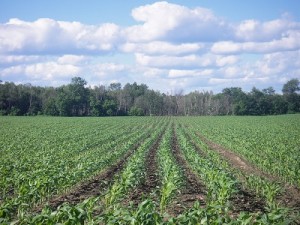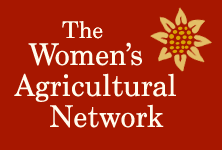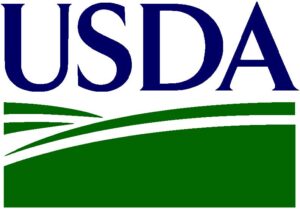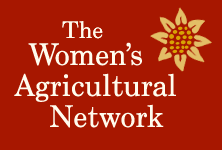For many beginning farmers, leasing can be an affordable way to gain access to productive farmland and associated infrastructure and equipment. For landowners, leasing can help offset the costs of ownership while keeping farmland in production. But how to determine a fair rental rate?
 UVM Extension’s new How to Determine the Right Farm Rental Rate Guide was developed to support both farmers and landowners through the process of determining a fair cash rental rate for farmland, equipment and infrastructure in Vermont. The same methods might apply to other states in New England, the Northeast, or other parts of the U.S.
UVM Extension’s new How to Determine the Right Farm Rental Rate Guide was developed to support both farmers and landowners through the process of determining a fair cash rental rate for farmland, equipment and infrastructure in Vermont. The same methods might apply to other states in New England, the Northeast, or other parts of the U.S.
“Farmland and farm infrastructure rental rates can be tough to determine because there are many variables to consider,” says author Ben Waterman  who coordinates the UVM Center for Sustainable Agriculture’s Land Access program. “However, the process can be simple,” Waterman adds. “The guide explains common methods so farmers and landowners can forge lease arrangements with confidence.”
who coordinates the UVM Center for Sustainable Agriculture’s Land Access program. “However, the process can be simple,” Waterman adds. “The guide explains common methods so farmers and landowners can forge lease arrangements with confidence.”
UVM Extension Agricultural Financial Management Specialist Mark Cannella  says that “rental rate questions are by far the most common question” he gets from farmers. “This guide will help property owners and tenants better understand the factors influencing rental rates and make a determination on which rate-setting strategy is the best fit for their own situation,” Cannella says.
says that “rental rate questions are by far the most common question” he gets from farmers. “This guide will help property owners and tenants better understand the factors influencing rental rates and make a determination on which rate-setting strategy is the best fit for their own situation,” Cannella says.
Divided into five sections, the 31-page guide is available for free download and offers approaches to:
- Assess market rental rates;
- Assess landowner’s costs of owning land;
- Value equipment and infrastructure in a lease;
- Factor the farm business’ net returns in the rental rate; and
- Assess the farmer’s contributions to the lease arrangement
For more information, go to: http://www.uvm.edu/newfarmer/?Page=land/rentalrate.html&SM=land/sub-menu.html
To download the guide, go to: http://www.uvm.edu/newfarmer/land/RentalGuide.pdf






